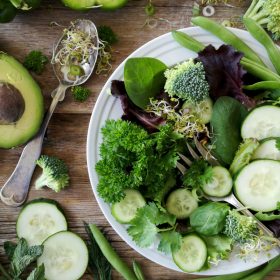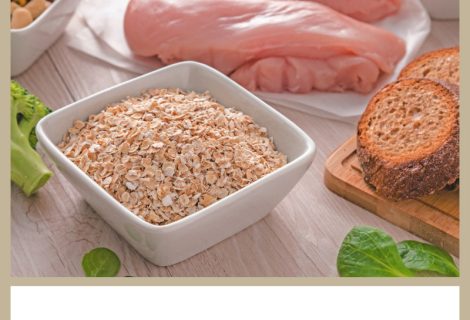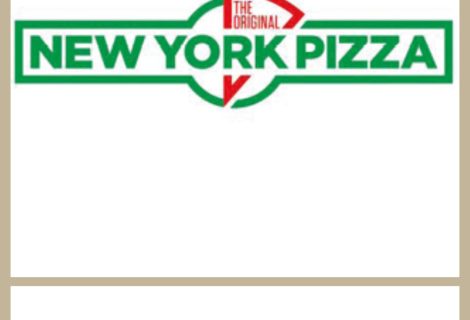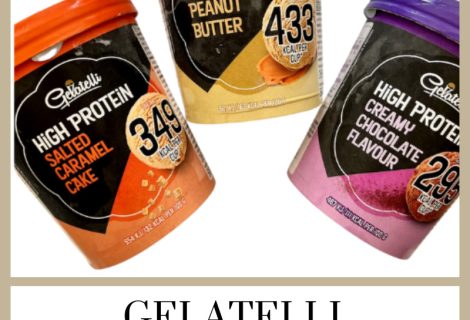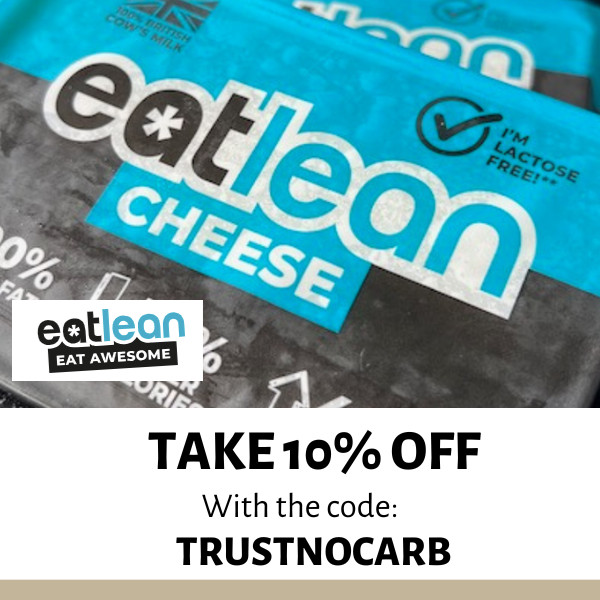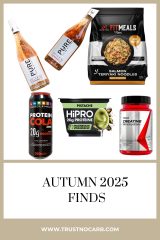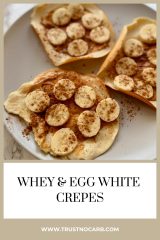Navigate to where you want to go:
Easy Guide for the Keto Diet in the Netherlands.
Disclaimer: While the ketogenic diet has many proven benefits, it’s still controversial. Always consult your family doctor before starting any diet.

Although most may think that the ketogenic diet is quite new in the diet scenario, this diet was developed in the early 1900s with the aim to treat epilepsy.
Nowadays keto is mostly used as a weight loss diet and followed by many athletes willing to boost their performance.
The ketogenic diet is a diet that privileges high-quality fats, moderate proteins, and low carbs. Basically few carbs but many fats.
The science beyond Keto
In order to produce energy, our body burns carbs. When the reserve of carbs is over, our body starts to burn fats to produce energy and enters a metabolic state called ketosis: when this happens our body transforms itself into a fat burner machine, making possible the weight loss.
Ketosis brings along also other benefits.
Keto and Macros
A keto diet is usually composed by:
75-80% fat;
15-20% proteins;
5% carbs;
To reach ketosis it’s important to keep the carbs under 50 grams per day. When the goal is weight loss is best to keep the carbs under 20 gr per day. The lower the carbs the faster is the weight loss.
You can choose whether to count net or total carbs.
You will want to consume most of your calories from fat. Keep the carbs low. But keep the protein moderate. If you eat too many proteins, you will start a process of gluconeogenesis: you are starting to produce sugar from proteins.
Keto VS Low-carbs diet
A keto diet is considered a low-carb diet but we cannot say that all low-carb diets are “keto”. Low-carb diets don’t have the limit of 20-30 gr per day. Moreover, the macros are different. Keto is also different from the Atkins diet.
Keto and calories
Remember that if your goal is weight-loss you have to watch out also the calories. At the end of the day, the weight loss is the result of a deficit: the calories that you introduce have to be fewer than the calories out.
The approaches to the ketogenic diet
In the last years, the popularity of keto increased and new approaches appeared on the scene.
There are 2 approaches concerning the choice of food:
Clean Keto. Clean keto means eating high-quality food. It means to ask yourself not only if a product is keto-friendly but also if the quality is high, where it comes from, how was produced, and so on. It means choosing organic veggies, grass-fed meats, free-range eggs, and wild fish. In clean keto, all inflammatory, pre-packed, and processed foods are avoided. In this diet, there is no space for dairy or for a cheat meal. It means also tracking the macros in big detail. This is the healthiest way you can follow a ketogenic diet but is also difficult to stick to it. Moreover, buying organic, bio, and high-quality products can be very expensive.
Read where to find grass-fed meat in the Netherlands.
Dirty Keto. This approach is less healthy but still is effective to reach ketosis as long the carbs are under 50gr. You are doing dirty keto when you introduce dairies, processed, and packed foods such as bacon and sausage. This approach won’t make your diet anti-inflammatory but is easier to follow in the long run.
Those who eat dirty keto have no issue with eating fast foods, where is also possible to find keto options.
Read also:
There are also 2 approaches regarding your attitude-tracking macros:
Strict Keto. In this approach, big care is given to the tracking of macros and calories.
Lazy Keto. The macros and calories are not strictly tracked.
What to Avoid in a keto diet
Stay away from bread, rice, pasta, corn, cereal, oats, and cornstarch, wheat flour, legumes, potatoes, fruits, refined sugars, packed sweet and salty snacks.
We live in a society in which sugar is hidden everywhere, even in products you didn’t imagine: soup, meat, and dressings. Don’t trust even the products that claim to be low-carb without checking the label first.
What to Eat in the ketogenic diet
Meat: if you can choose high-quality unprocessed and grass-fed meat. Read where I find grass-fed meat in the Netherlands and the best keto-friendly meat restaurants in Amsterdam.
Fish: All the fish is good, salmon in particular because full of Omega 3 fatty acids.
Eggs: if you can, choose the free-range eggs.
Vegetables: focus on the ones growing above the ground. Be aware that some veggies contain more carbs than others.
I have learned which vegetables are the best for the keto diet and stick to them. Always opt for fresh and leafy vegetables.
High-fat dairy: if you use butter make sure you use a grass-fed one. All the fat cheese is allowed. Use heavy cream instead of regular milk.
Nuts: nuts are a big source of healthy fats but they also contain carbs.
Always check your portions. I talk in more detail in this post.
High-quality oils: ghee, coconut oil, MCT oil, extra virgin olive oil.
Avoid low-quality oils.
Berries: almost all fruits contain sugar. But berries are low in carbs.
Therefore, blueberries, raspberries, strawberries, and cranberries have a green light.
Other keto products:
Best keto bars in the Netherlands
What to drink in the ketogenic diet
For more details, read the grocery list for the ketogenic diet.
Water: drink as much as you can. The water takes flushes the dirt in our body and enhances weight loss. You should drink between 2 and 3 liters per day. Check my post to know my amazing tricks to drink 3 liters per day with no effort.
Coffee: black, no sugar, no milk, and a splash of heavy cream is allowed. Read also what to order at Starbucks.
Tea: in bags or leaves, no sugar, no milk.
Don’t buy the ready-to-drink iced tea, unless it has 0 sugar per 100 grams.
If you don’t like the bitter taste of tea and coffee use sweeteners: many recommend Stevia but personally I don’t like the aftertaste.
Diet soda: studies are still controversial. Some studies claim that diet soda could be even worst than regular soda. Speaking only about the weight-loss side there is nothing bad about sipping a diet soda from time to time if that can calm a craving. But would be better to not abuse and focus on water.
Alcoholics: the good news is that, while other diets forbid alcohol, keto allows an occasional drink. The best choice is a glass of dry wine because has no residual sugar.
Wine: Sauvignon blank, Champagne, Chardonnay, Pinot Noir, Merlot, Cabernet Sauvignon, Pinot Grigio, and Pinot Blanc are all good choices.
Read this great post about the best low-carb wines to drink on keto.
Beer: avoid the beer, some brands have fewer carbs than others, but the amount is way too much.
I also read a post with the best low-carb beers available in the NL.
Pure alcohol: vodka, brandy, gin, whiskey, tequila: they have zero carbs and so are fine on a low-carb diet.
Read also: the best keto drinks for a night out.
You can be creative and mix your own cocktail, but always check the labels and don’t add any juice.
For a complete list of products, you can eat, read my grocery list for the ketogenic diet.
Pros of following a keto diet
- Effective reduction of appetite and hunger attacks.
- Weight loss, because brings the body into ketosis.
- More energy: the lack of carbs makes you feel energized and less sleepy.
- Better sleep.
- Improved insulin sensitivity.
- Ketosis may prevent the progression of several types of cancer. Research is investing in whether a low-carb diet can be used to treat cancer. To know more read about the Warburg effect.
- Keto glow: eating good fats makes the skin more luminous and dewy.
Cons of following a keto diet
- Weakness: even if the keto boosts your energy some days you will feel physically and mentally down.
- Constipation: keto brings to eat fewer fibers. Focus on products such as psyllium husk, flaxseeds, and MCT oil.
- Difficult social life: food is social and in a society that privileges sugar and carbs can be difficult to follow a keto lifestyle.
- The tendency to eat unhealthy fat: Very often is easier to snack on processed products rather than cook a piece of salmon. Tasty fats are often unhealthy ones so let’s be aware of that.
- Bad breath: especially in full ketosis, the taste in our mouth won’t be minty.
- Keto flu: in the first days following keto our body has to adjust to the lack of carbohydrates. For this reason, we can experience headaches, weakness, fatigue, and nausea. After the body gets used to the new habits all will be gone, so stay strong. Read more about keto flu in my post.
I hope this Easy Guide for the Keto Diet in the Netherlands will be useful to many of you.
Read also:
Keto Low Carb Meal Prep
FAQ keto in the NL
Tips before you start the keto diet
Keto products you can take easily with you

Hi, I’m Simona! After experiencing the restrictions of keto, I’m now enjoying a balanced diet that brings freedom and happiness to my eating habits.
You find me on Instagram, Pinterest, and sometimes on Facebook.
I also write a lot of keto recipes on my Italian blog keto-with-simona.
Check also:
“This post may contain affiliate links. This means I will get a commission if you purchase through my links, at no extra cost to you. All the opinions are my own. Read the full disclosure here.“



